Speaker placement for stereo music listening
How to position your stereo speakers for the best sound possible
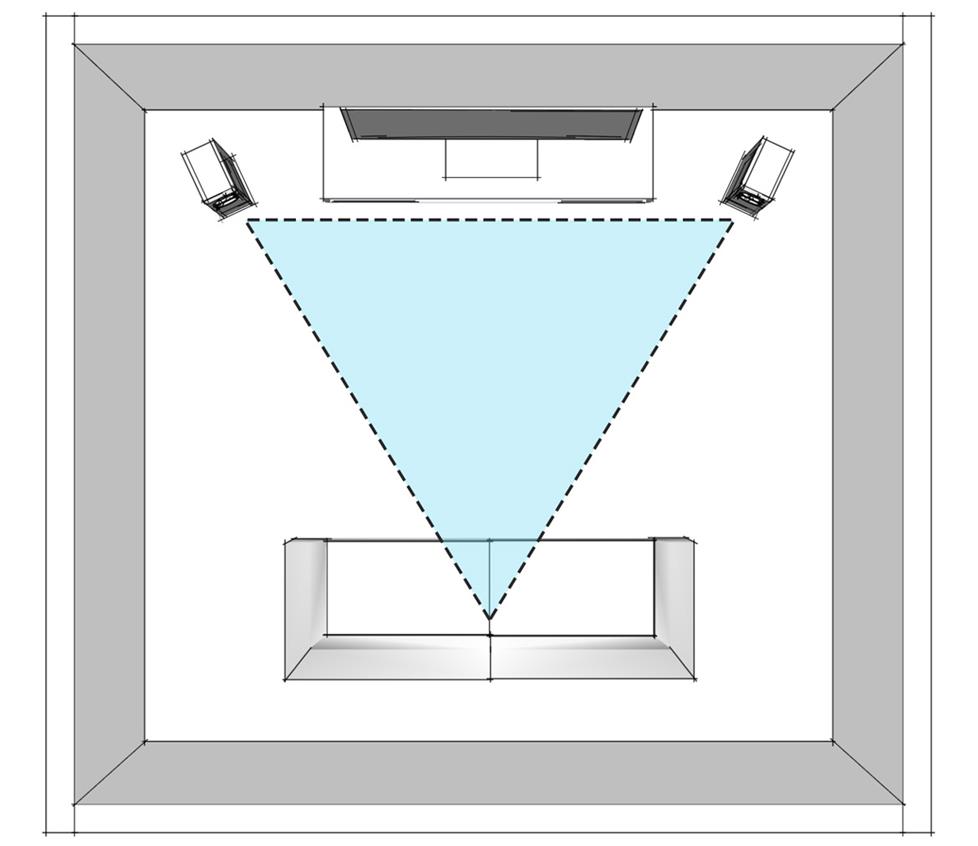
Sitting between two properly-spaced speakers is like having the prime seat at your favorite concert venue.
The placement and positioning of your speakers plays a large role in your system's performance. And in an ideal world, everyone’s listening room would have perfectly arranged speakers and acoustically treated surfaces.
But many of us enjoy listening to music in the family room, bedroom, and other real-world spaces. Sometimes our speakers can't go exactly where they sound the best. But don't stress — even if your room isn’t perfect, making some simple adjustments will improve your listening experience.
My personal experience with placement tweaks
When I moved into my house, I set up my speaker system so that it looked good in my living room. I never gave much thought to how placement would affect performance. My Polk Audio floor-standing speakers ended up pushed against the wall, facing straight ahead. They sounded decent, but they never delivered the clarity that I heard when Polk demoed them at our headquarters.

My Polk Audio floor-standing speakers started out against the wall, robbing me of the nuance and detail they were capable of.
I recently decided to tinker with my how my system is arranged. I read up on industry guru Robert Harley’s suggestions, and I consulted with some in-house experts. I put some of the tricks I learned to use and …Whoa! What a difference! Simply by making a few adjustments, I was able to boost the quality of my system by several notches.
Pull your speakers away from the wall to reduce reflection
My first step towards better sound was pulling my speakers away from the wall. I had been getting over-emphasized bass reflection from the close proximity. Bringing them out about 6" gave me tighter, cleaner bass with improved detail.
Angle your speakers inwards for improved performance
Since my speakers had been facing straight ahead, I was missing out on two key parts of the listening experience: soundstage and imaging.
A good soundstage gives you a clear sense of the physical space where the band is playing, like the stage or studio. A good musical image means you can clearly visualize where each instrument or voice is coming from.
I turned each speaker inwards slowly, until they beamed sound directly at me. There was a "sweet spot" where the music seemed to lock into place naturally. With me as the focal point of the speakers, the soundstage and musical image sounded fantastic — it was like having a choice seat at a live show.
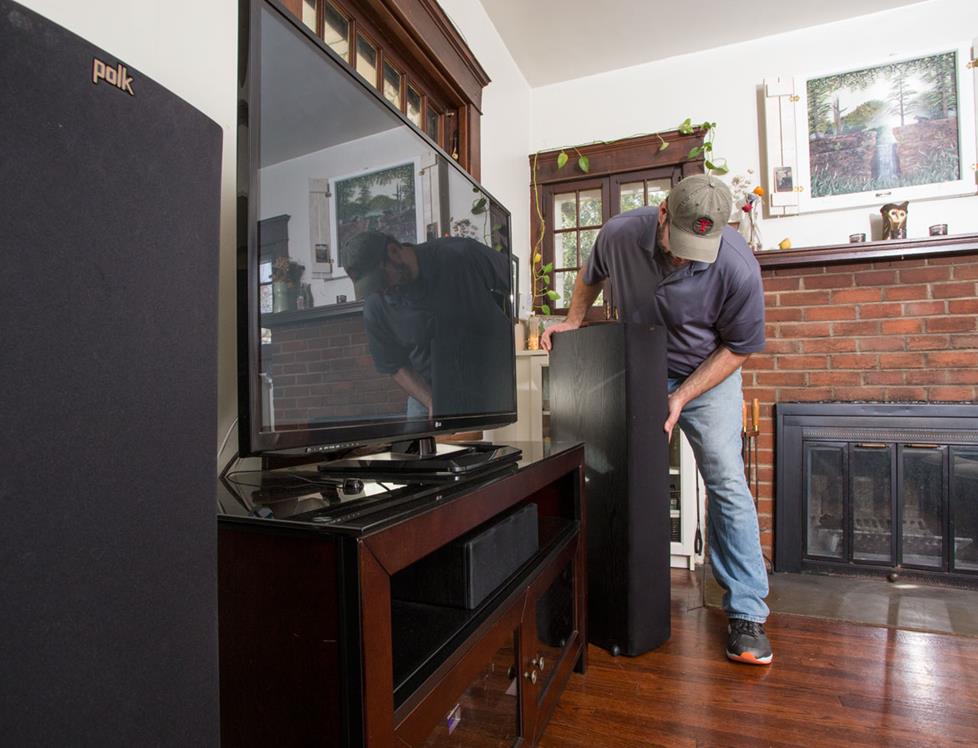
Turning each speaker inward created a "sweet spot" in the center of my couch where music comes alive with detail.
Bring your listening position away from the wall
The third adjustment I made was moving my listening position forward by about a foot. My couch sits right up against the back wall, which reinforces bass as sound reflects off of it. Moving the couch itself wasn’t ideal, so I moved myself instead.
I put a thick pillow behind me to provide some distance from the wall. It was effective! Moving my listening position forward yielded a noticeable improvement in mid-bass performance.
Adjusting where I sat meant I needed to tweak the speaker angles slightly to line back up with my ears. Finally, my speakers sounded fantastic — much better than what I had been accustomed to over the years.
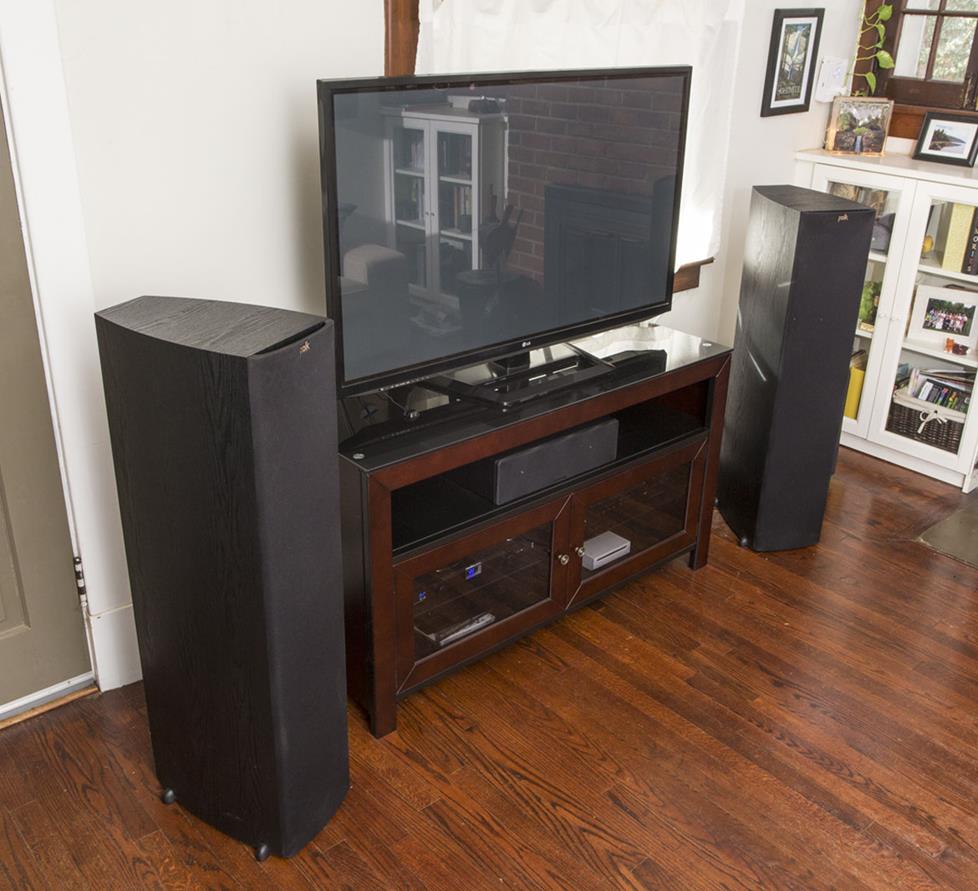
Pulling my speakers away from the wall and angling them towards me made a noticeable difference in my listening experience.
Time for a jam session
Now that everything was in place, I put on The Pizza Tapes by Jerry Garcia and friends. I played Shady Grove, my favorite track from the album.
I've listened to this song many times. But I had never gotten such a clear sense of where Tony Rice's blistering guitar runs come from in the recording. Garcia's voice had a depth and richness that was new to me. And David Grisman's mandolin sparkled in the background. It was the best my speakers had ever sounded, and all it took was some simple adjusting.
Reduce the impact of your room's reflections
Limiting reflection off of hard surfaces
When you listen to music you’re hearing two things. Sound coming from the speakers, and reflected sound from the surfaces in the room. The more you can reduce reflections, the better your listening experience will be.
The biggest culprits are windows and hard surfaces like wood or tile floors. They add an artificial brightness to the sound that’s being reflected, causing it to sound harsh.
Covering your windows with curtains during a listening session can help. If you have hardwood floors like me, placing a rug between you and your speakers will reduce reflections off of the floor. Use absorptive panels to reduce reflections off of the walls.
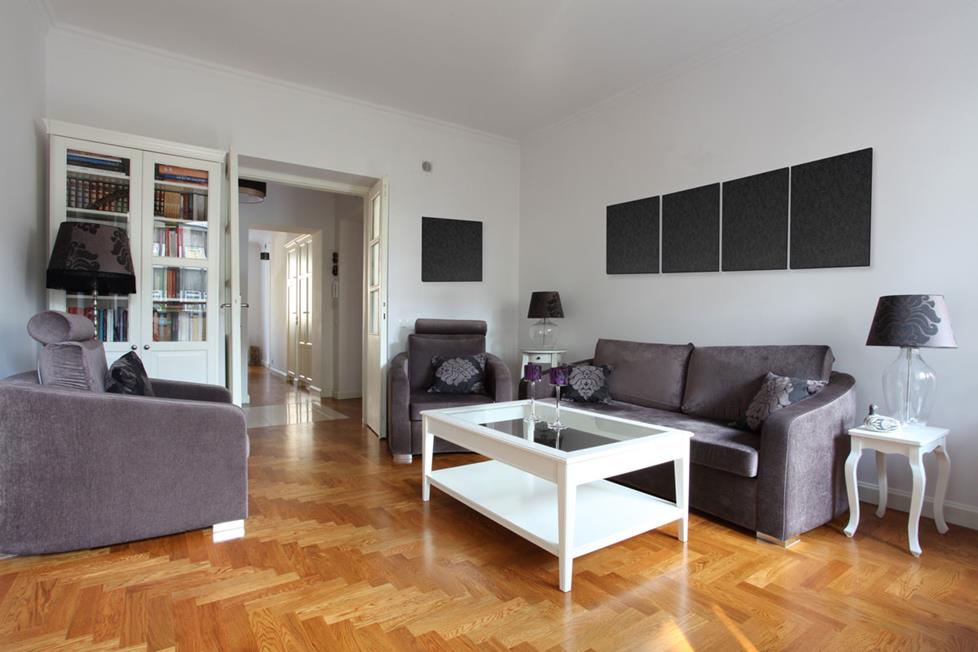
Auralex® SonoLite™ Panels absorb around 80% of the sound energy that strikes them, reducing reflections and restoring clarity to music.
Limiting absorption from soft surfaces
Sometimes thick carpeting, upholstered furniture, and other absorptive materials reduce too much sound reflection. This can cause a lack of spaciousness. Everyone’s room is different in this regard, so make adjustments as needed. I found that moving my large, upholstered ottoman made a difference — it was soaking up sound from my speakers.
Check out our article on room acoustics for a deep dive into your room's impact on sound.
Fine-tuning tips to get the most from your system
Subwoofer placement
If you’re using a powered subwoofer, try it out in different locations to see where the bass sounds the best. Placing your subwoofer near a wall will generally result in more bass. Placement near a corner where three room boundaries come together will get you even more.
If your subwoofer has phase-adjustment, see which position gives you the best sound. If you find your bass is muddy, use a bass trap to smooth out low-frequency response. Want to avoid snaking a subwoofer cable across the room? Use a wireless subwoofer kit.
Optimal speaker height
It’s important that your tweeters are as close to ear level as possible. If you’re using bookshelf speakers, place them on a pair of sturdy speaker stands away from the wall. Some stands feature adjustable height to make ear level placement easier.
Sturdy speakers reduce vibration
You want your speakers to be as vibration-free as possible. If you’re using floor-standing speakers, install the included floor spikes or pads. They’ll ensure that your speakers stay as still as possible for the best performance.
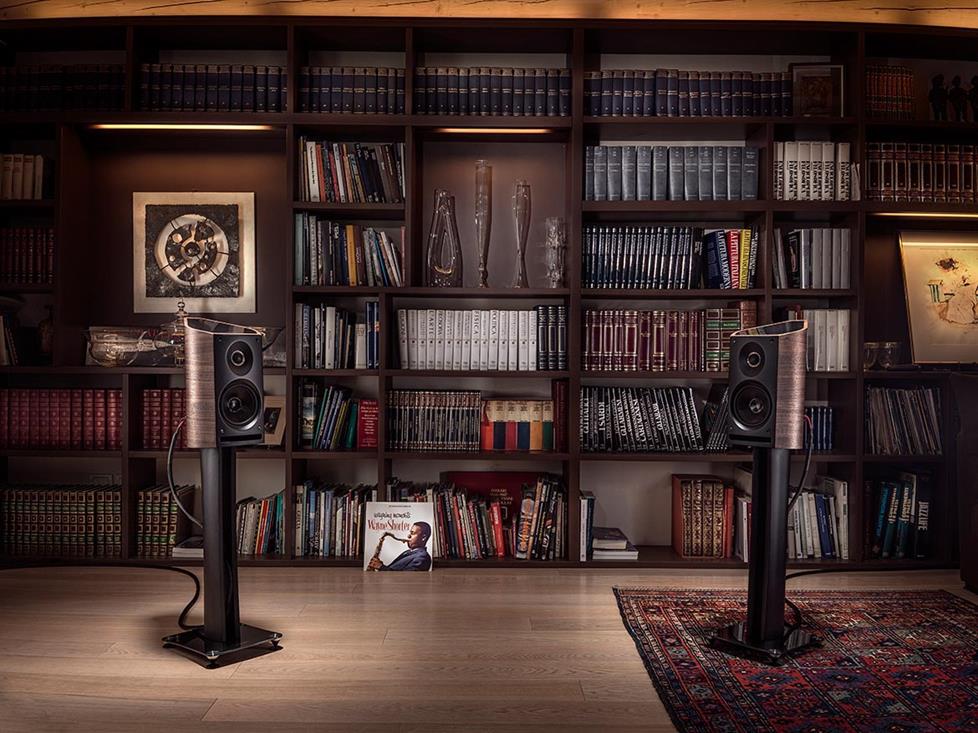
A sturdy pair of speaker stands reduces cabinet vibration. Choose a pair that elevates your tweeters to ear level.
Have some fun with your system
I found that being open-minded about my speaker positioning changed how I experience my system. I recommend experimenting with your speaker placement to see where they sound the best. And have some fun with the tinkering process! After all, listening to music on a good pair of speakers is one of life's great joys.
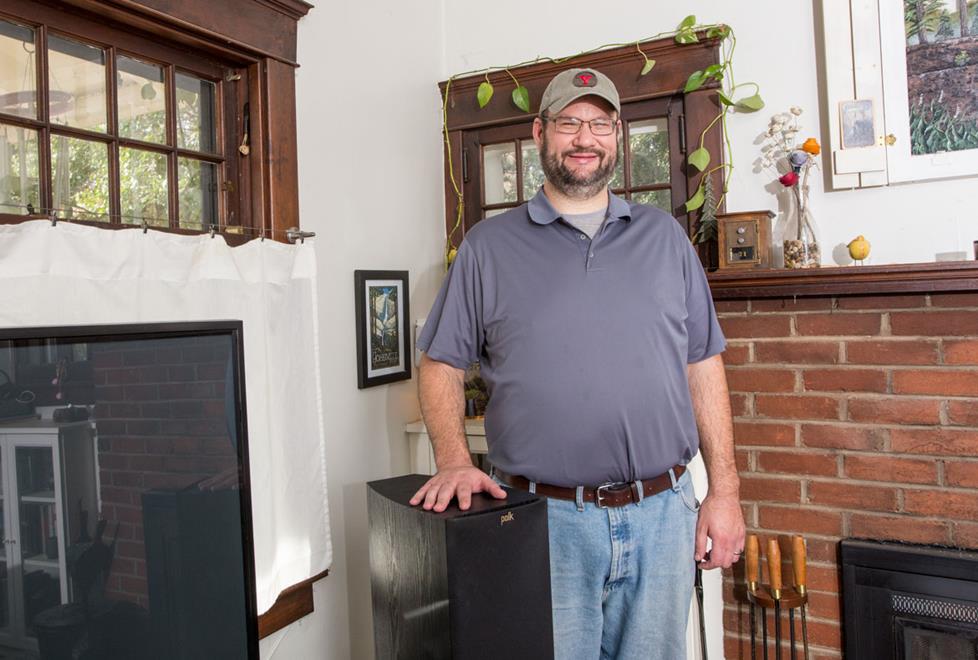
Changing the positioning of my speakers made music sound amazing — and put a big smile on my face.
Free personalized advice
Have questions about home stereo? Our expert Advisors can help. Contact us today for free, personalized advice. Free lifetime tech support is included with every Crutchfield purchase.
Comments (26)
Please share your thoughts below.




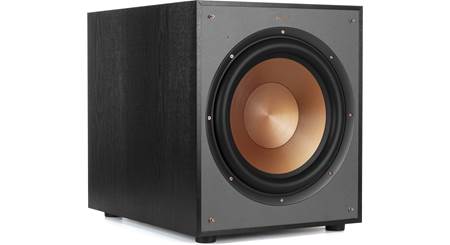
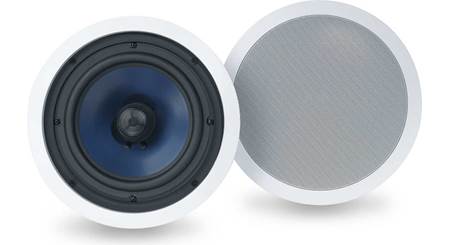
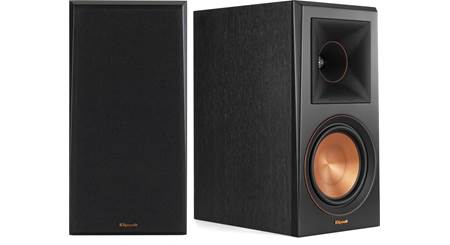
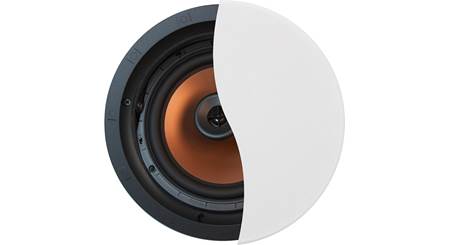
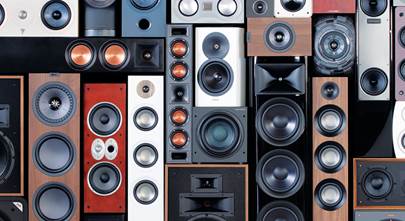
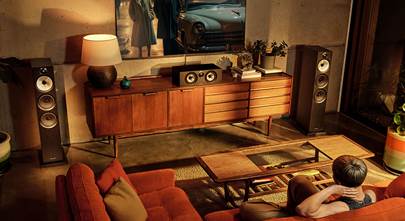
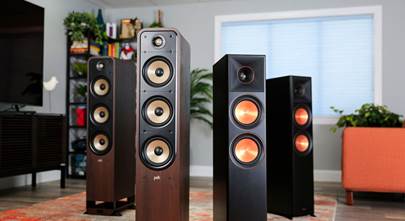

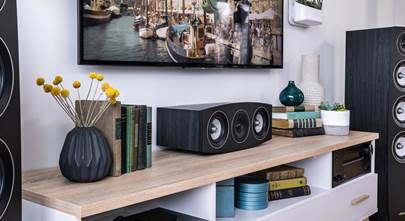
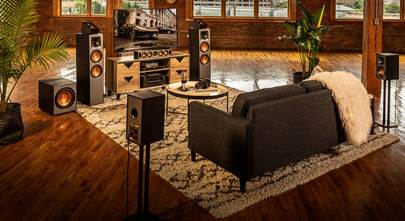
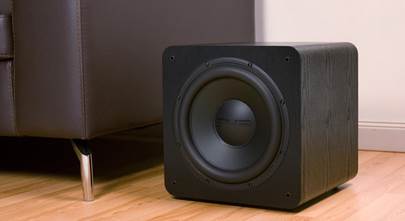
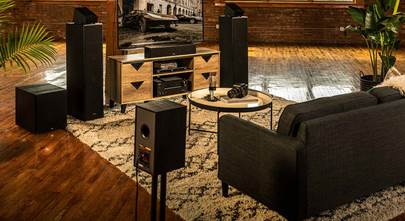
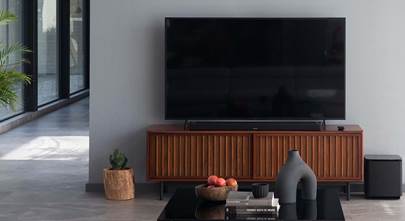
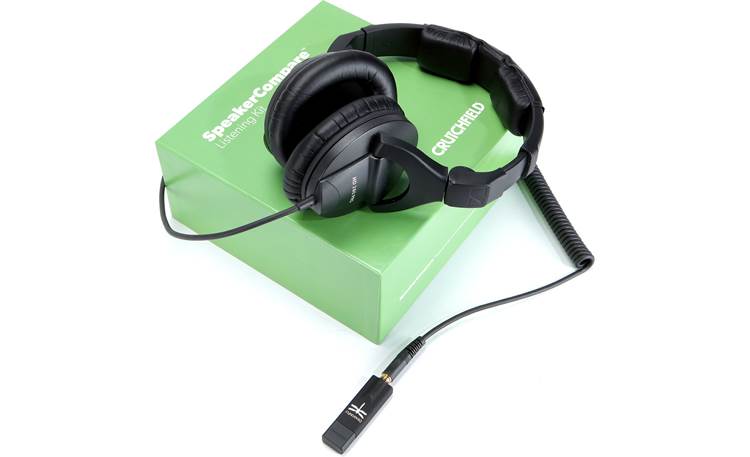
Turk
Posted on 6/9/2023
Thanks, man! Great article and advice! Crutchfield never disappoints!
Archer A. from Crutchfield
on 10/17/2023
Allenwrench from LA
Posted on 12/3/2022
Download the Vandersteen speaker placement / setting up your speaker guide. It has simple Math that you use to optimize speaker placement using the dimensions of your room and then dividing the width of your two walls in inches by odd numbers to get speaker placement that minimizes nodal reinforcement. It also allows asymmetric placement along your listening wall if it's what you have to do ......... worked for me .
Allenwrench from LA
Posted on 12/3/2022
Download the Vandersteen speaker placement / setting up your speaker guide. It has simple Math that you use to optimize speaker placement using the dimensions of your room and then dividing the width of your two walls in inches by odd numbers to get speaker placement that minimizes nodal reinforcement. It also allows asymmetric placement along your listening wall if it's what you have to do ......... worked for me .
Alphonse
Posted on 3/5/2021
My ESS Heil drivers a bi-directional, so keeping them 12-18 from the wall really adds to concert-hall ambiance. Rear reflection is good.
Paul Weinstein from Fullerton
Posted on 12/18/2020
How far away from speakers must one be to appreciate stereo sound?
Kramer Crane from Crutchfield
on 1/5/2021
Michael Love from Appleton
Posted on 11/28/2020
Thank you for your input. I do believe that tinkering with your audio system is truly one of the best past times. Always trying to improve one's listening experience is priceless. Although I don't have super high end equipment, the listening experience never stops. Enjoy!
Zaw from Yangon
Posted on 11/5/2020
Thank you for your advice.
Kramer Crane from Crutchfield
on 11/6/2020
Dave from NYC
Posted on 10/7/2019
As a huge Garcia fan, I'm embarrassed to have never listened to pizza tapes. Thank you very much for that and a few other useful tips
Suzanne from Cape Canaveral
Posted on 7/24/2019
Thanks to your excellent advice, I'm sitting in the triangle made by me and standing speakers listening to The Pizza Tapes. This is heaven!!!
Joseph S from Harrisburg, Pa.
Posted on 8/12/2018
Curious of your advice regarding: Setting up two audio systems in an [single] room. Where would each pair of speakers be placed ? Note: one pair of speakers would serve two solid state int. amps (w/ quick connect speaker cables) the other pair of speakers to two tube integrated systems. I choose which 'mood' I'm in when choosing which Int. amp I want to use. The room is 13'6" X 20' (rectangle) Speakers are Definitive Technology bipolar 7004/8060 Can both pair be placed next to each other - with one pair in use at a time?